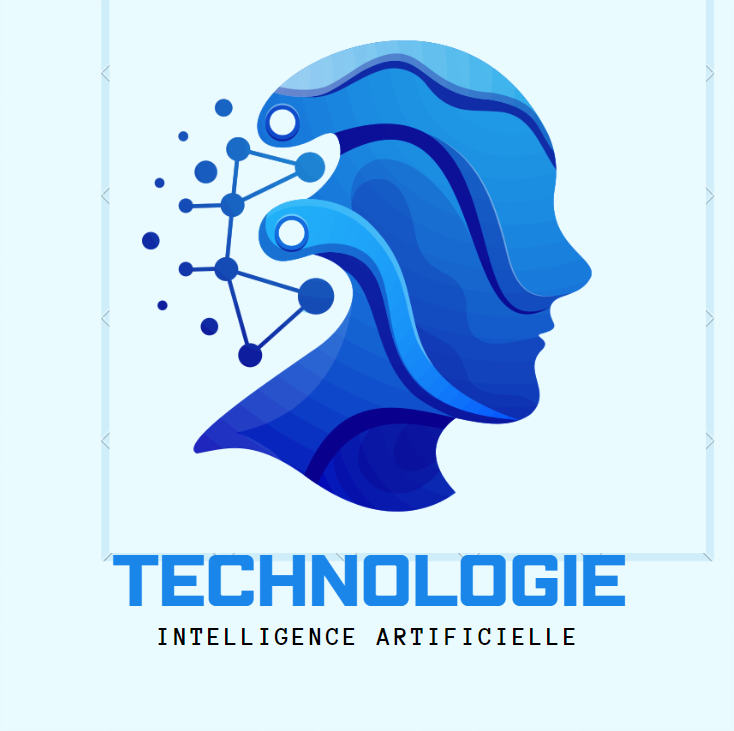AI in the fight against air pollution
Air pollution poses a significant threat to public health and the environment, with millions of people worldwide suffering from its adverse effects. In recent years, there has been a growing recognition of the role that artificial intelligence (AI) can play in combating this global challenge.
 |
| AI in the fight against air pollution |
By leveraging AI technologies, we can monitor, analyze, and mitigate air pollution more effectively than ever before. This essay explores the various ways in which AI is being used in the fight against air pollution, highlighting its potential to revolutionize how we address this critical issue.
Could artificial intelligence help prevent air pollution
Absolutely, artificial intelligence (AI) holds great promise in preventing air pollution. Here's how:
- Early Detection and Monitoring: AI-powered systems can monitor air quality in real-time, detecting pollutants before they reach harmful levels. By analyzing data from various sources such as satellites, ground sensors, and weather stations, AI can provide early warnings and help prevent pollution events.
- Traffic Management: AI can optimize traffic flow, reducing congestion and emissions. Smart traffic management systems powered by AI can reroute vehicles to minimize pollution in heavily congested areas.
- Industrial Optimization: AI can optimize industrial processes to reduce emissions. By analyzing data from sensors and equipment, AI can identify inefficiencies and suggest improvements to minimize pollution from factories and other industrial facilities.
- Energy Management: AI can optimize energy consumption in buildings, factories, and cities, reducing the overall carbon footprint. AI-powered energy management systems can identify opportunities for energy efficiency and renewable energy adoption, helping to reduce pollution from energy production and consumption.
- Policy Making: AI can help policymakers by providing insights and predictions based on data analysis. By analyzing large datasets, AI can identify trends and patterns in air pollution, helping policymakers make informed decisions to prevent pollution more effectively.
By leveraging AI in these ways, we can take significant steps towards preventing air pollution and its harmful effects on health and the environment.
artificial intelligence methane monitoring
- Remote Sensing: AI can analyze data from satellite imagery to detect methane emissions from sources such as oil and gas operations, landfills, and agricultural activities.
- Data Fusion: AI can integrate data from various sources, including satellite imagery, ground sensors, and drones, to provide a comprehensive picture of methane emissions.
- Anomaly Detection: AI algorithms can detect abnormal methane levels, allowing for early intervention to prevent leaks and reduce emissions.
- Predictive Modeling: AI can predict methane emissions based on historical data, weather patterns, and other relevant factors, helping to prioritize inspection and maintenance efforts.
- Continuous Monitoring: AI-powered systems can provide real-time monitoring of methane emissions, allowing for immediate response to leaks and other emission events.
Is artificial intelligence the future of air pollution forecasting?
- Improved Accuracy: AI can analyze vast amounts of data from various sources, including satellite imagery, ground sensors, and weather forecasts, to provide more accurate and reliable air pollution forecasts.
- Real-time Monitoring: AI-powered systems can provide real-time monitoring of air quality, allowing for timely alerts and interventions to reduce pollution levels.
- Advanced Models: AI algorithms, such as machine learning and deep learning, can analyze complex relationships between different variables, leading to more accurate and sophisticated air pollution forecasting models.
- Customized Solutions: AI can tailor air pollution forecasts to specific locations, taking into account local factors such as traffic patterns, industrial activity, and weather conditions.
- Continuous Improvement: AI-powered forecasting systems can continuously learn and improve over time, incorporating new data and refining their models to provide more accurate predictions.
